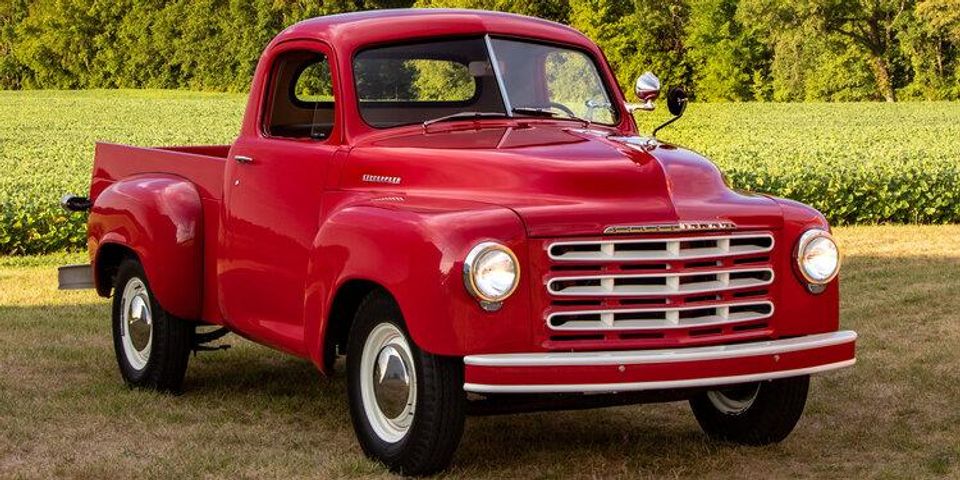What Defines an Antique, Classic, or Vintage Truck?

Thanks to their unique appearance, which stands out from most other vehicles on the road today, vintage trucks are a popular driving choice. But what is different between vintage, antique, and classic models? Although the terms are often interchangeable, below are a few distinctions that can help you identify what classification a truck is.
Classic Trucks
Most enthusiasts consider classic trucks to be 20 to 40 years old, with older models moved to the antique category. To be a classic, these vehicles must be at or near their original condition. However, they can have power braking and clutches, custom coachwork, and automatic lubrication functions.
A classic car registration could restrict your ability to use it as a primary means of transportation. This will vary depending on where you live, which means you should do some research before choosing to register for classic plates. Still, not registering your vehicle as a classic requires it to pass modern inspections and emission tests, which is challenging without upgrades.
Antique Trucks
Generally, antique trucks are at least 40 to 45 years old, but the exact number may vary. For instance, you can register for antique plates for trucks that are at least 20 years old in Michigan. The required vehicle age in Illinois is a little higher, at 25 years. In any case, antiques should preserve the original manufacturer’s specifications, as much as is possible.
 Antique plates benefit vehicle owners by allowing them to pay reduced registration fees, and in some cases, waiving the need for regular inspections. This comes with the drawback of fewer driving privileges, with some states only allowing antique vehicles to travel to shows or club events.
Antique plates benefit vehicle owners by allowing them to pay reduced registration fees, and in some cases, waiving the need for regular inspections. This comes with the drawback of fewer driving privileges, with some states only allowing antique vehicles to travel to shows or club events.
Vintage Trucks
For a truck to be vintage, it must be from 1919 to 1930—in some cases, the gap is 1919 to 1925. Although this is a specific interpretation, vintage trucks do not need to be in their original condition.
Customizing the vehicle, such as dropping, paint jobs, and technological modifications, don’t impact their status. So long as you satisfy the age range, you can consider it a vintage truck. Additionally, due to the age overlap, less-modified vintage models can be antiques, as well.
If you’re interested in learning more about what sets these trucks apart, consider subscribing to Vintage Truck Magazine. They are based in Xenia, OH, but provide magazines across the country, connecting people with manuals, reviews, and how-tos for antique and vintage trucks. Visit them online for more information about what the subscription includes. Call (937) 767-1433 to speak with a representative.
About the Business
Have a question? Ask the experts!
Send your question

